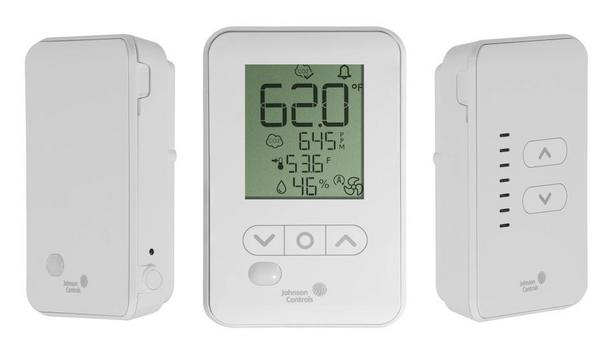There are several benefits to using unit heaters in a variety of locations. Whether they are in a home garage or a large commercial warehouse, unit heaters can provide space-saving heating options that can be installed quickly and easily with the right preparation.
Unit heaters can be used as a primary or secondary heat source, and the directed warm air of a properly installed unit can make a noticeable difference in the overall comfort level of a space.
Unit heater installation
Unit heaters have a very small footprint and can be installed with common items available in most local hardware stores. Without the need for specialty parts, units can be quickly placed into position with the proper equipment.
Not only does their installation save time, but unit heaters also save much-needed space once they are installed. They can be hung up high in buildings and garages or tucked up out of the way to give occupants more room to perform daily work, special projects, or leisure activities.
Research Your Buying Options
A unit heater needs to be able to function properly, including producing enough heat for a given space
Before purchasing a unit heater for your space, certain factors should be taken into consideration. Having the proper equipment is the first step in a quick and efficient installation. It is important to buy the right size heater for a particular space, so the unit is not overworked.
A unit heater needs to be able to function properly, including producing enough heat for a given space. It may be necessary to purchase multiple unit heaters to create a comfortably heated space and have a backup heating option.
Certified and safe to use the unit
For the venting process, building owners must determine if one or two pipes are needed to vent from the unit. It is vital to make sure the unit is certified and officially safe for use. Remember, it is a piece of machinery used for heating, so potential fire hazards due to the unit’s heating process or equipment hookups should be addressed immediately.
Also, the unit must be safely raised and secured into place to prevent the possibility of parts falling. Note that high-efficiency units will require more cost for the installation. These units produce condensate, and this water must be safely and effectively drained. Therefore, the installation process is more involved and comes at a higher price.
Save Production Time with Backup Heating
Having multiple heating options can help prevent lost hours, slowed production, and delayed payment
Unit heaters can be installed in spaces that have other heating options, such as a rooftop unit. They are often used as freeze protection, providing supplemental heat in the coldest months. They can also provide a backup heating system if the rooftop unit fails, creating necessary heat for occupants. This can prevent extended time in frigid winter temperatures, especially in workplaces that cannot afford to decrease production due to a lack of heat.
From mechanics to assembly line workers, cold weather can affect their ability to perform their jobs well. Having multiple heating options can help prevent lost hours, slowed production, and delayed payment from customers because of work being postponed.
Plan for Pre- and Post-Installation
Unit heater installation can go as smoothly as possible with a few helpful tips. First, know your space. Be aware of what you would like to accomplish in the space and how the setup of your unit heater may affect overall production.
Before lifting the unit, have a plan of where and how to hang it, as well as where it will need to vent. Understand that the condensate of high-efficient units will need to be drained, so make sure to have a definitive plan of action to address it.
DIY maintenance checks
Once your unit heater is installed, stay diligent in preparing for the changing seasons with annual maintenance checks
Once your unit heater is installed, stay diligent in preparing for the changing seasons with annual maintenance checks and service. You can easily perform DIY maintenance checks before your annual professional service visit. Visually inspect your unit to make sure it is in good working condition.
Check the exhaust pipe for any signs of corrosion, rust, or cracks. Look at the fan and motor to see if there are any broken pieces. Inspect the heat exchanger for cracks or holes as this is a safety issue and must be addressed right away.
It is also important to confirm that no animals have made nests in the vent pipe during the warmer months. This is a common occurrence when the unit is not in use. The vent pipe becomes a convenient location for animals like birds to find a safe nesting spot, hidden from predators.
Run the unit
After you have performed a visual inspection, take the next step in your maintenance check by running the unit. The sequence of operations should happen smoothly without any questionable noises or visual signs of concern.
Make sure the unit lights off properly and all burners ignite. See that all the fans are operating properly. Check the gas pressure for too much or too little fuel. Too much fuel will make the unit over a fire, and too little fuel will make it under fire, both of which will shorten the life span of a unit heater.
Maintenance plan
It is critical to establish an annual plan to have your unit inspected by a professional technician. Combining DIY inspections with the trained eye of a professional is the most effective way to stay on top of any potential issues a unit heater may develop.
A maintenance plan should include a regularly scheduled expert evaluation to keep your unit running longer and to prevent costly repairs or a complete unit replacement.





















